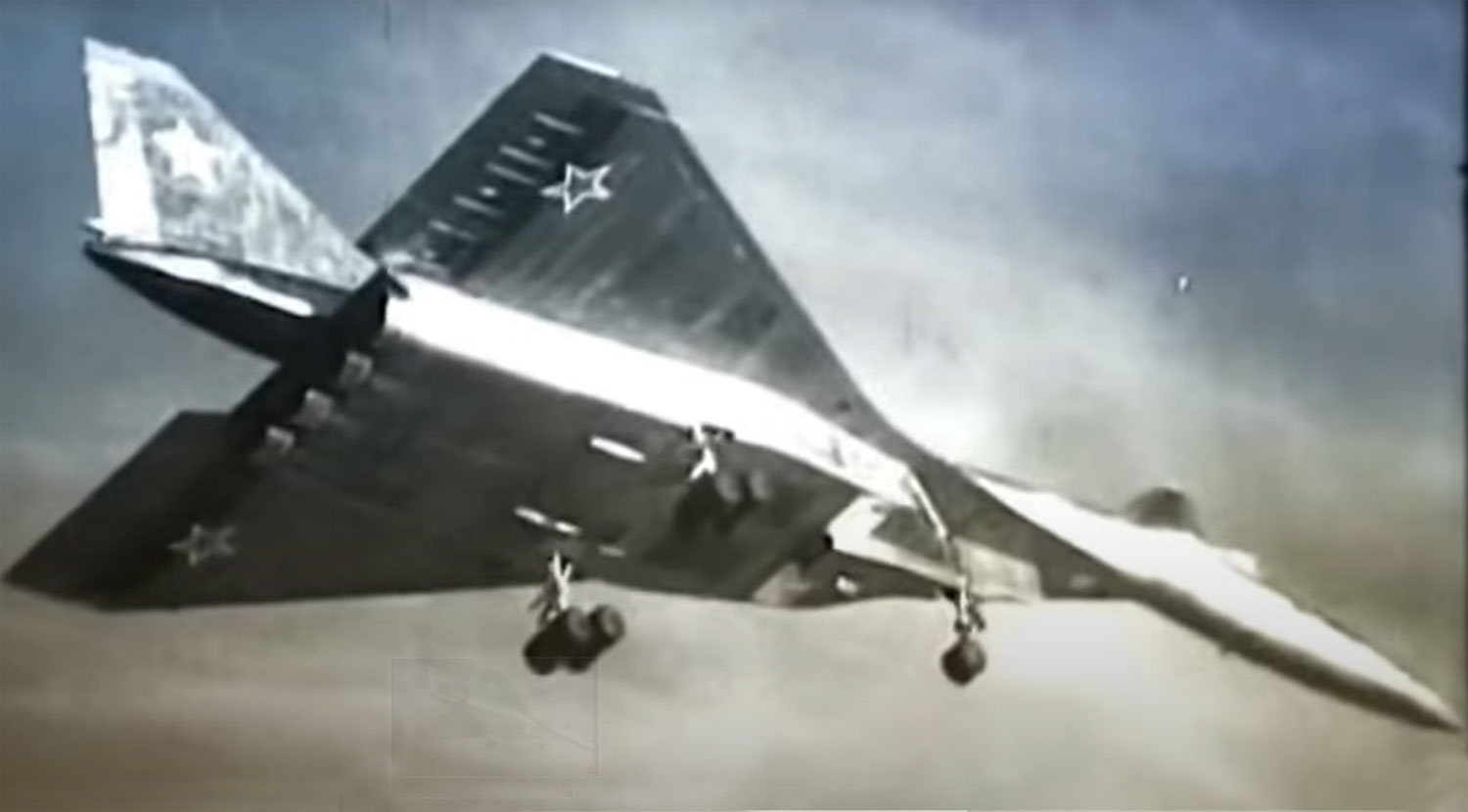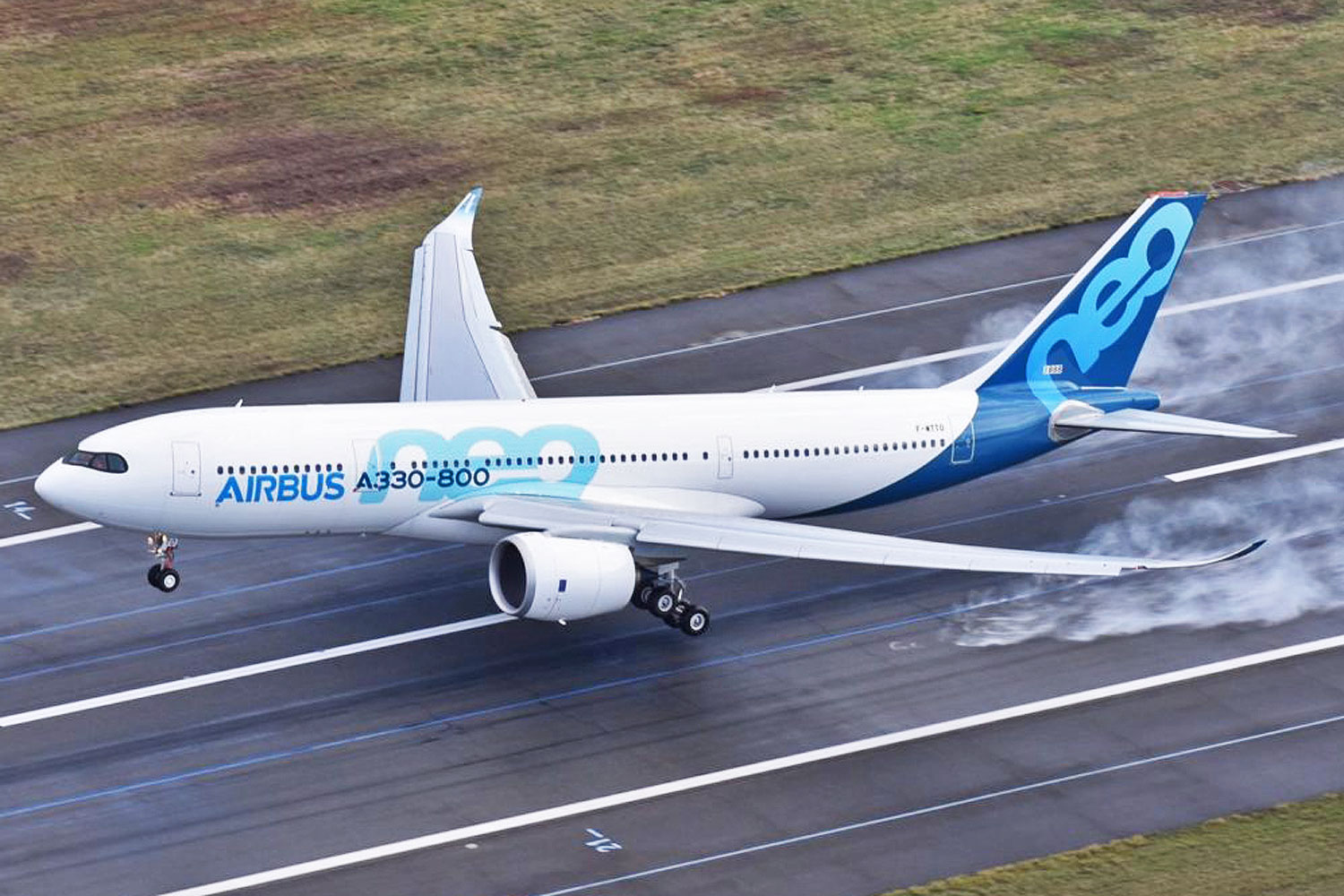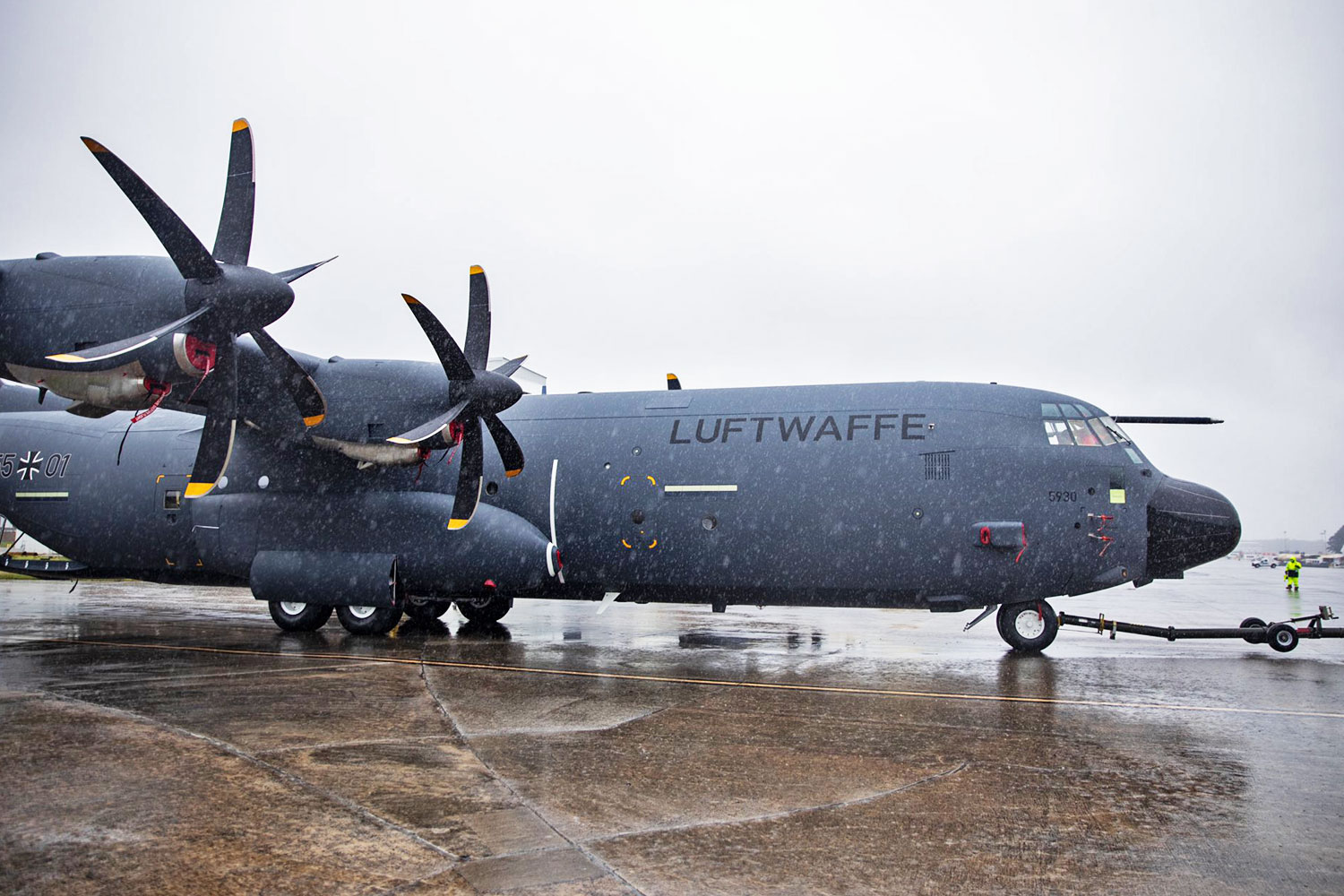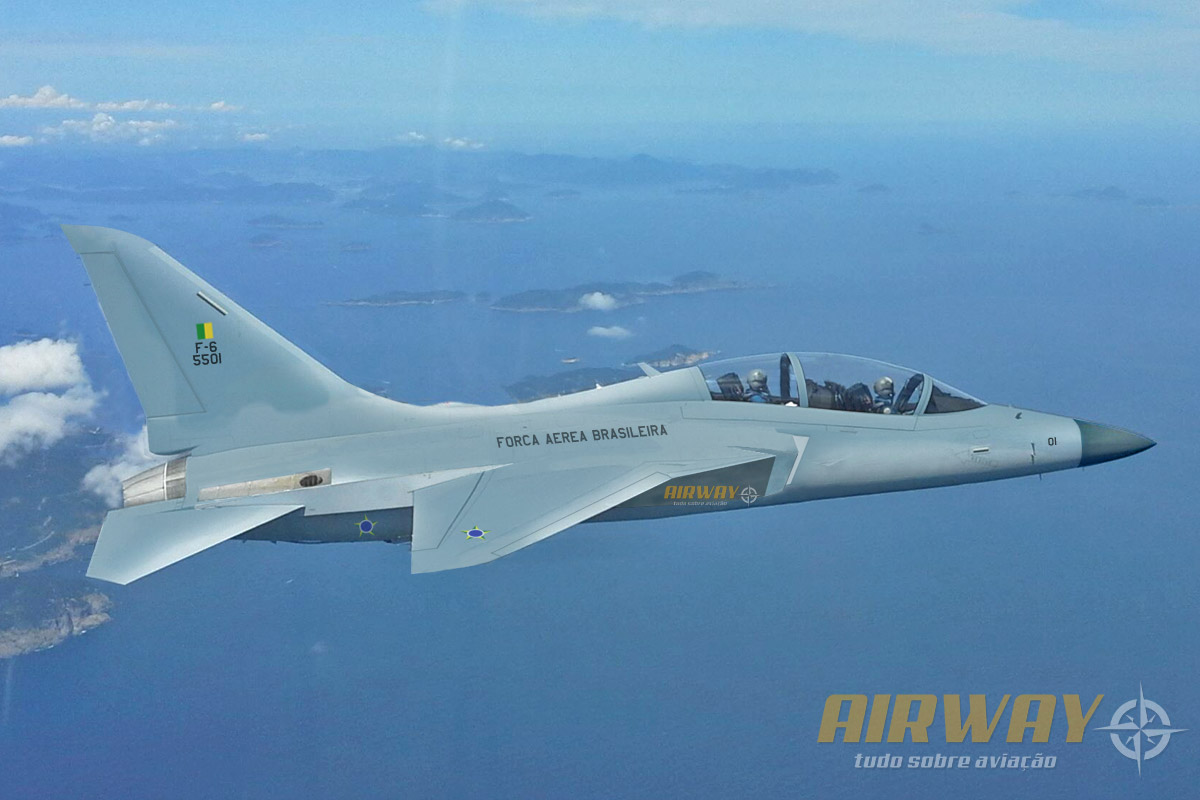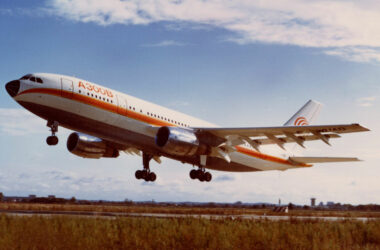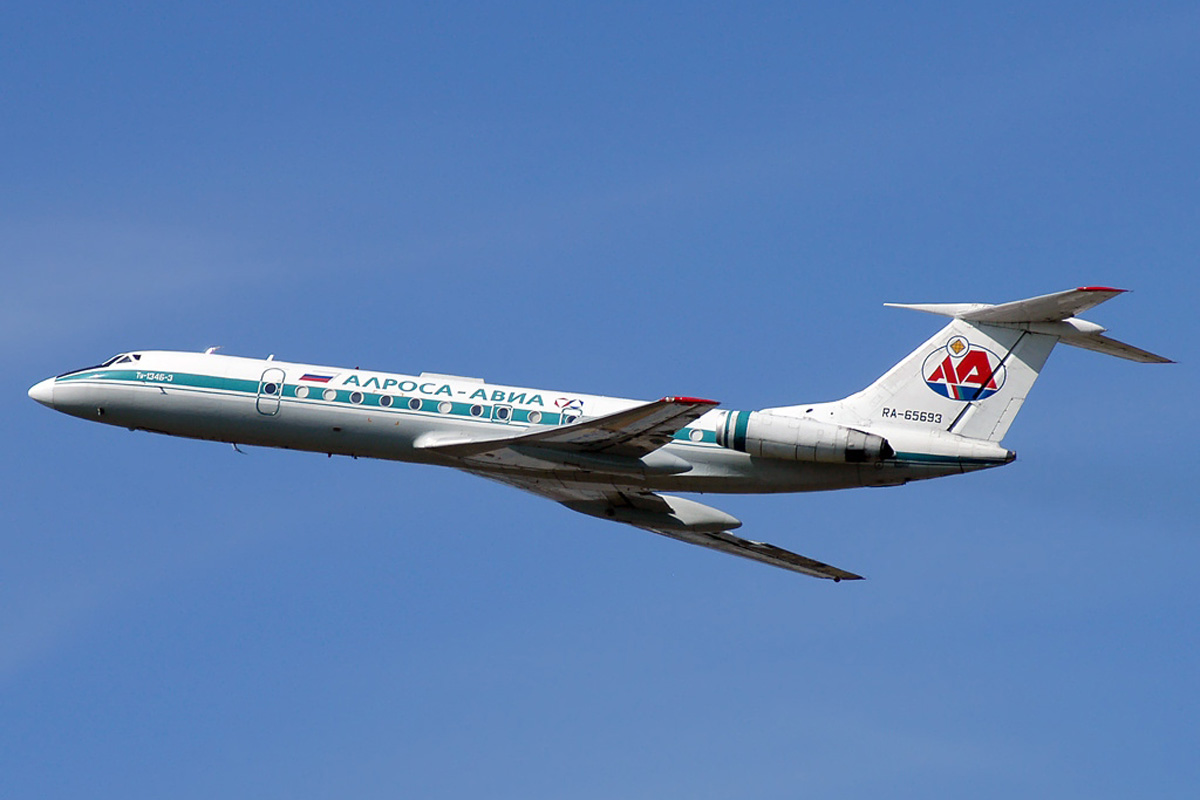On August 22, 1972, one of the most advanced aircraft ever developed in the Soviet Union flew for the first time.
With a huge delta wing, four underside turbojets, and a fuselage with a nose Concorde-like system, the Sukhoi T-4 was a proposal for a bomber and reconnaissance plane capable of flying at Mach 3.
The appearance of the jet, which used ‘Canard’ horizontal stabilizers, resembled another aircraft with unique characteristics, the North American XB-70 Valkyrie of the US Air Force, which had completed its last flight in February 1969.
Unlike the American jet, the T-4, or “Project 100”, was much smaller. It had four engines instead of six turbojets, 44 meters long (56 meters on the XB-70) and 22 meters wingspan (32 meters on the Valkyrie). Its maximum takeoff weight was 135 tons, compared to nearly 246 tons for the USAF plane.
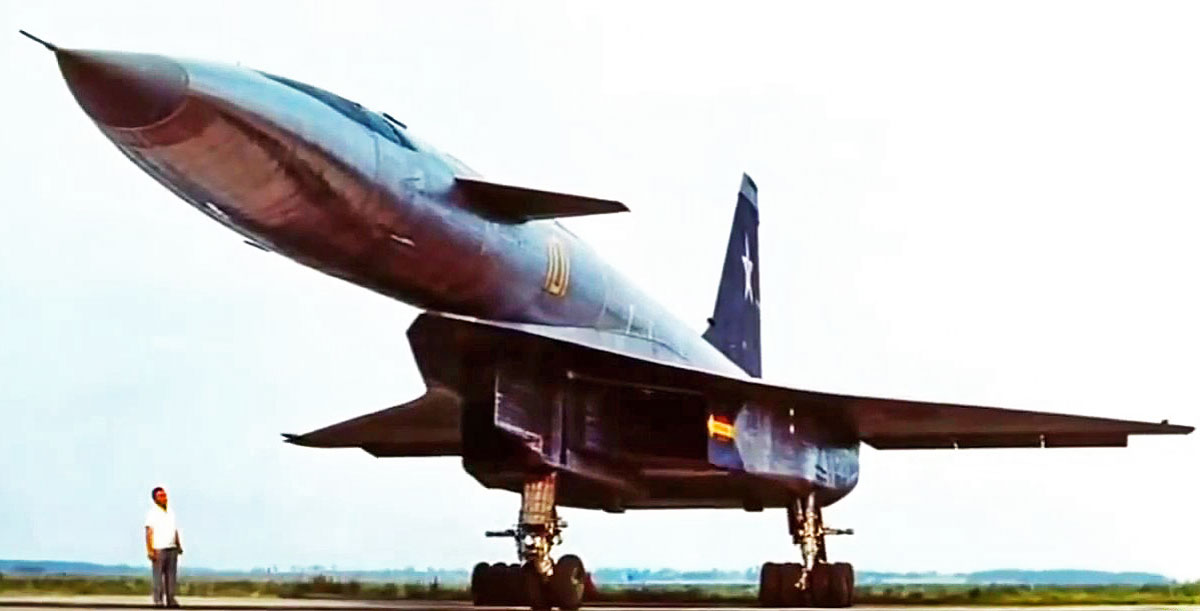
But the two aircraft had a lot in common, apart from the fact that the Russians were inspired by the US program. Both aimed to reach a speed of Mach 3 and had nuclear attack and reconnaissance missions as their primary functions.
But the Russian jet was a missile vector while the XB-70 emerged at a time when conventional atomic bombs were still used.
Motivated by XB-70 Valkyrie
The program that gave rise to the T-4 was started in the same year that the US government canceled the XB-70 (which continued as NASA’s research aircraft in the following years).
The impetus for the emergence of Russian aircraft was given precisely by the North American bomber. From this initiative emerged the MiG-25 ‘Foxbat’ fighter (an interceptor designed to shoot down the XB-70 and SR-71) and the ‘Project 100’.
Surprisingly, the task fell to Sukhoi, a fighter and attack aircraft design bureau that was chosen in a dispute with Yakovlev and Tupolev.
The T-4 would be an appropriate response to the frustrating performance of the Tupolev Tu-22 Blinder, which was only capable of flying at Mach 1.42 and had a small range, in addition to several problems.
The requirements, however, were too advanced for the technical knowledge of Russia at the time. As a result, Sukhoi had to study several new concepts, which generated around 600 local patents.
The Sukhoi aircraft was the first to use a fuselage constructed of titanium, an alloy that the US applied to the SR-71 Blackbird spy plane. The T-4 also introduced the fly-by-wire system in the country, with four channels, a fuel system with turbine pumps and a curious configuration with a moving nose that hid the windshield in supersonic flight.
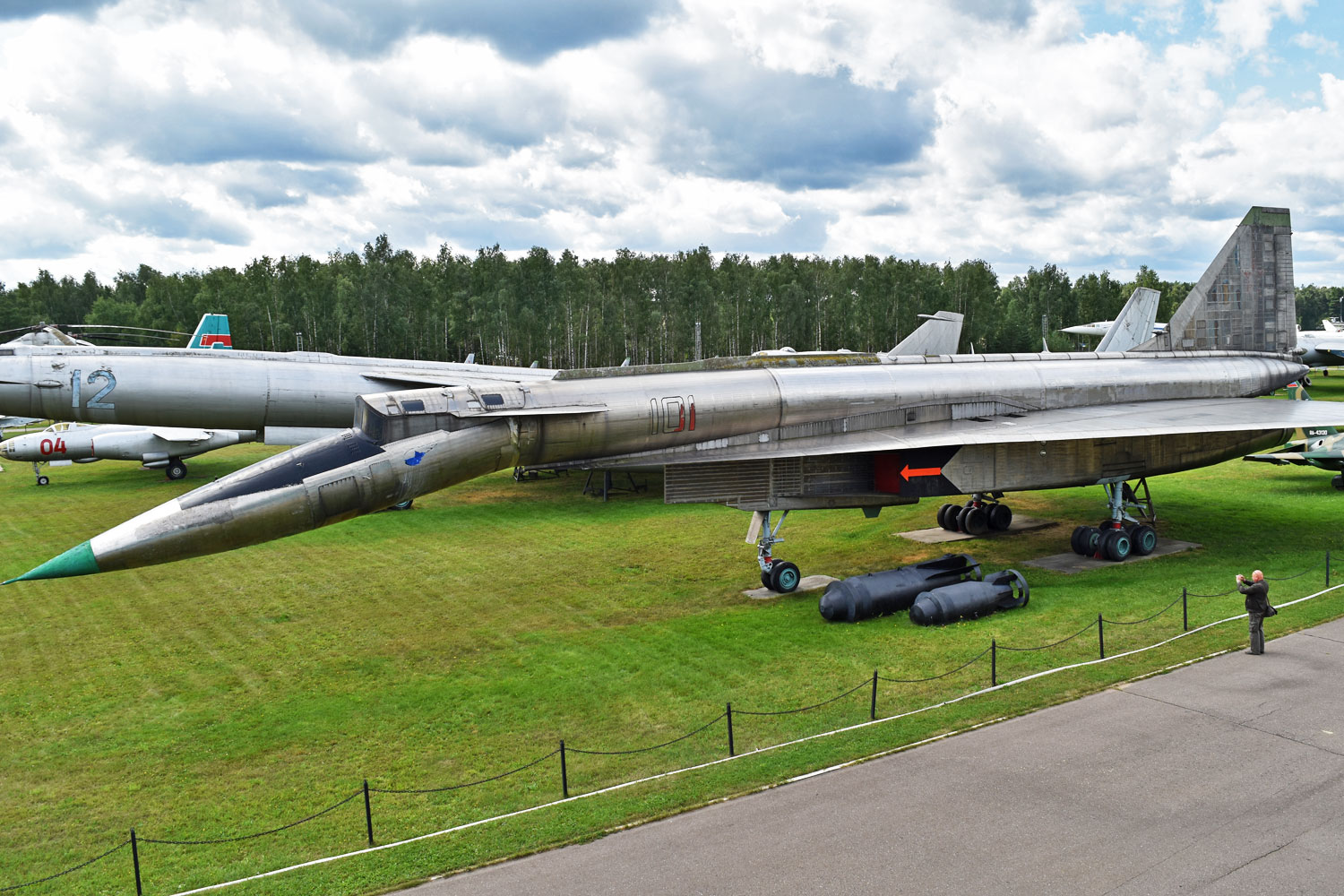
Because of this, the T-4 took off and landed similarly to the Concorde, with the windshield exposed, but which was hidden when the nose was in the upper position, leaving the two crew with only side windows and a periscope that could be used at low speeds.
The four engines of the T-4 were the same ones that were later used in the supersonic Tu-144 passenger jet, the Kolesov RD36 with 157kN of thrust each.
The armament designed for the Sukhoi was the Kh-45 missiles, with an estimated range of 600 km and a cruising speed of Mach 6.
First flight
The technological challenges were overcome by Sukhoi, but they cost the bureau a lot of time. It was not until the end of 1971 that the first prototype (registration 101) was completed.
On August 22, 1972, pilot Vladimir Ilyushin (son of designer Sergei Ilyushin) and navigator Nikolai Alfyorov took off with the Sukhoi T-4 for a flight that reached Mach 1.2. Except for the overheating at the rear of the aircraft, the flight went off without a hitch.
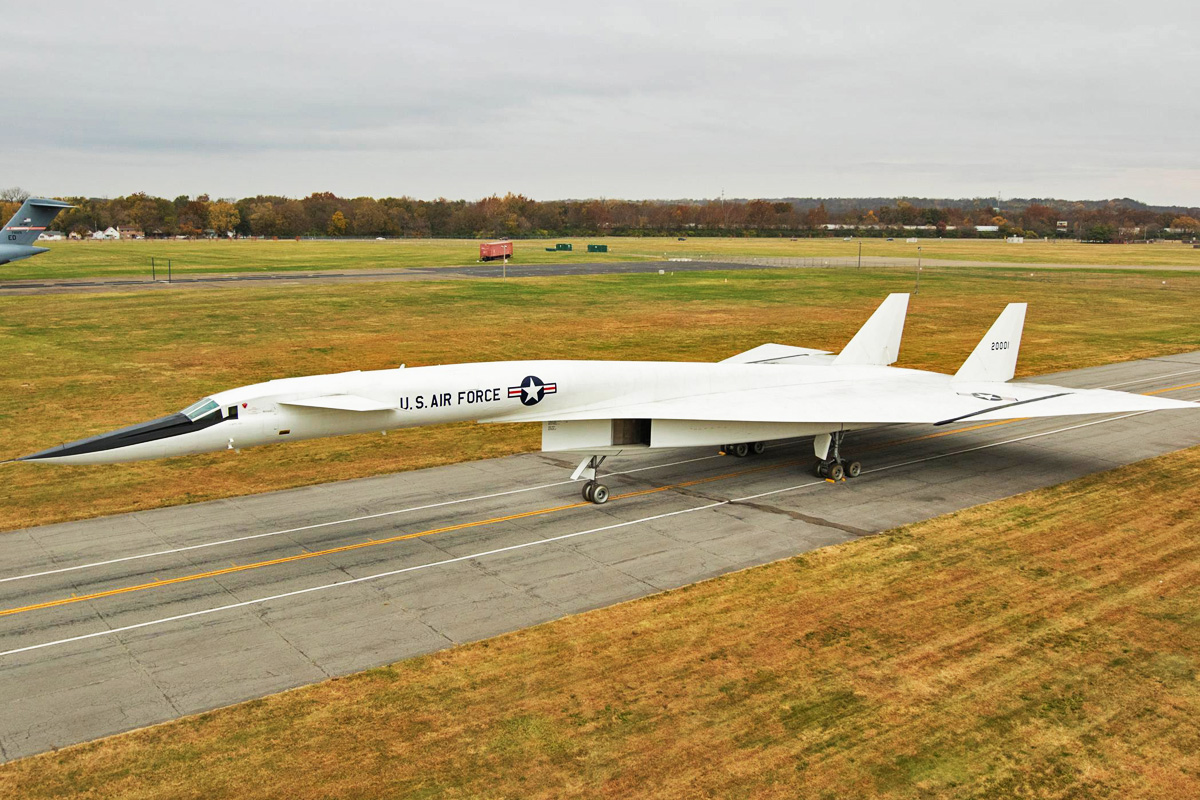
Unlike the XB-70, the T-4 program looked like it was going to go into production. Sukhoi built a static prototype (100) and another aircraft that would participate in the flight test program (102). In addition to them, two other planes were being assembled in 1974 when work was suspended.
Officially, the Soviet government ended the program in December 1975 with 10 flights performed by the first prototype, none of them reaching the planned speed – the maximum achieved was Mach 1.36.
Lessons for the Tu-160
By this time, the Soviet Union Air Force had decided to redesign the ‘Blinder’ into what became the Tu-22M ‘Backfire’, a far superior bomber capable of flying close to Mach 2.
Although frustrating, the cancellation of “Project 100” was not in vain. The learning gained from high-speed flight studies, materials and systems like FBW become useful for other programs.
The Tu-160 bomber, with its massive variable-sweep wing and design similar to the USAF B-1, benefited from the advances brought by the T-4. Interestingly, Sukhoi entered the competition with a modified version of the jet, equipped with wings of similar configuration to the Tupolev.
Repeating the history of the XB-70 Valkyrie, which is on display at the USAF Museum in Wright-Patterson, the Sukhoi T-4 prototype 101 is also part of Russia’s historical collection. The aircraft is one of the attractions of the Central Air Force Museum in Monino, near Moscow, alongside other famous bombers in the country.




